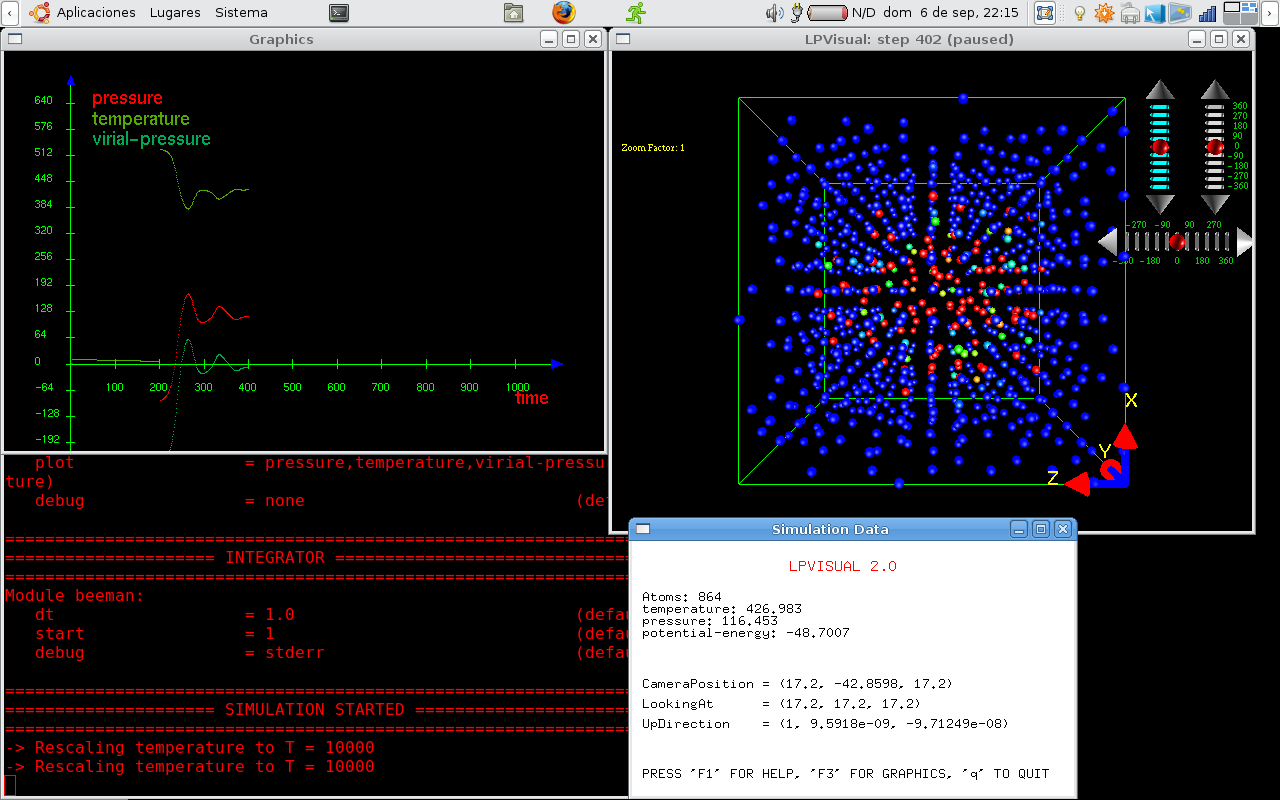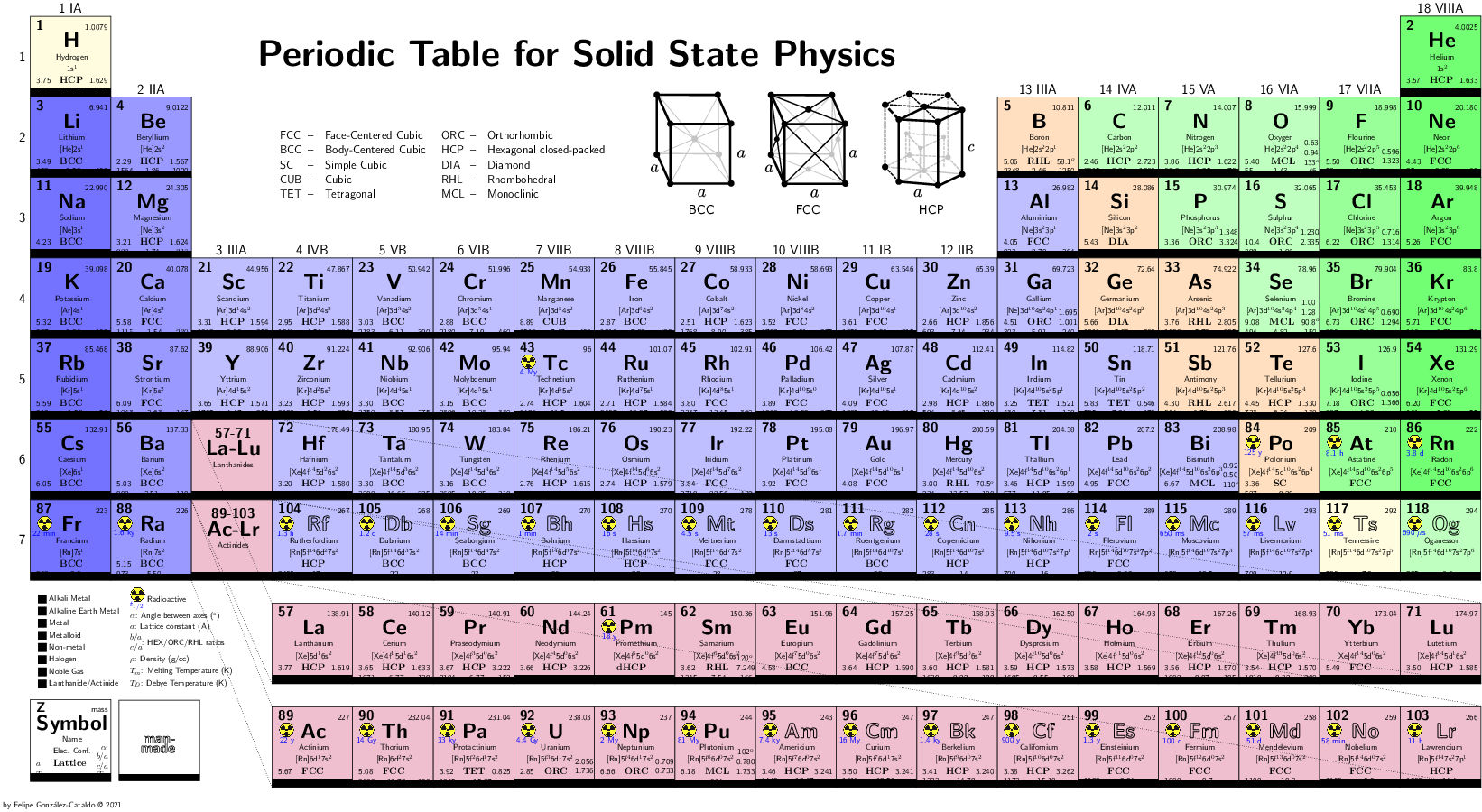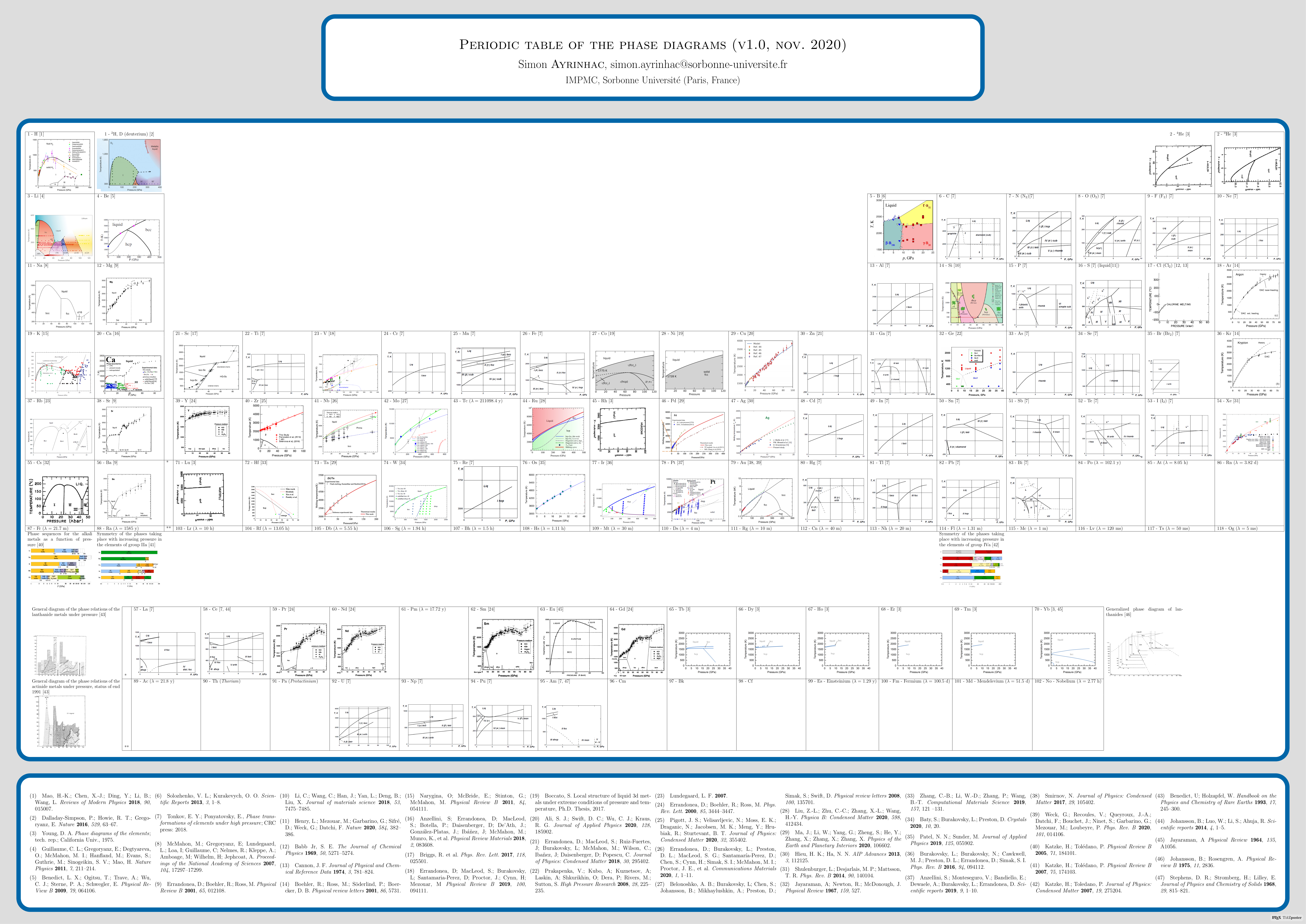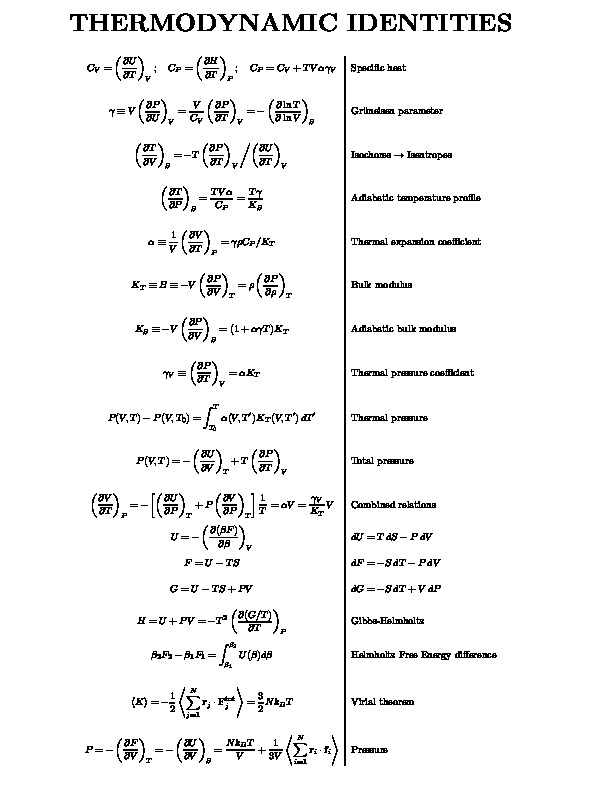LPMD

Las Palmeras Molecular Dynamics (LPMD) is a Molecular Dynamics Code which was written from the scratch in C++, as friendly, modular and multiplataform as possible. Some of its features are :
- It is Open source
- It works using plugins
- It reads configuration (input) files from other programs (dlpoly, xyz, moldy, etc)
- It includes software to perform analysis (thermodynamic, structural, dynamical), format conversion and visualization.
More information about LPMD in this link: Official LPMD Web Site
The developers of the code are:
Examples
Snapshots

In Fig. 1, a bullet of solid argon impacting over a solid block of argon:
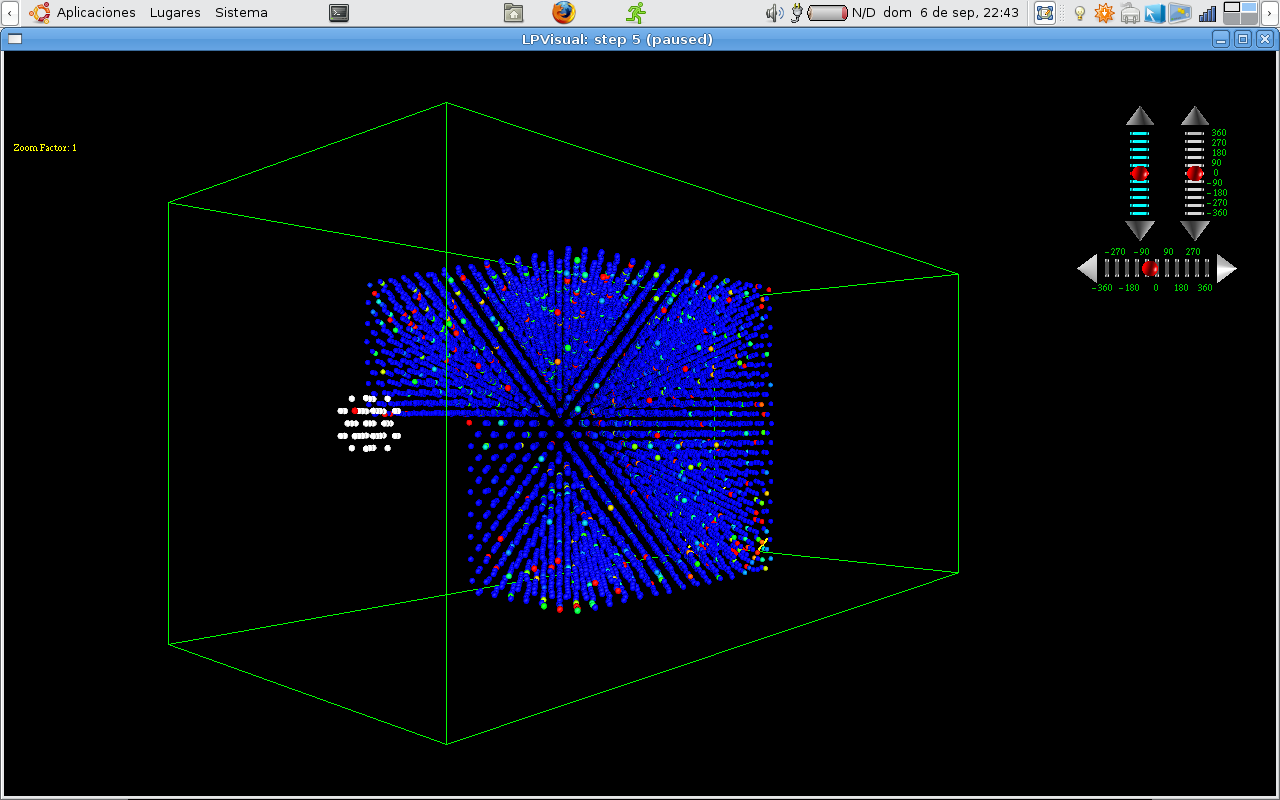 | 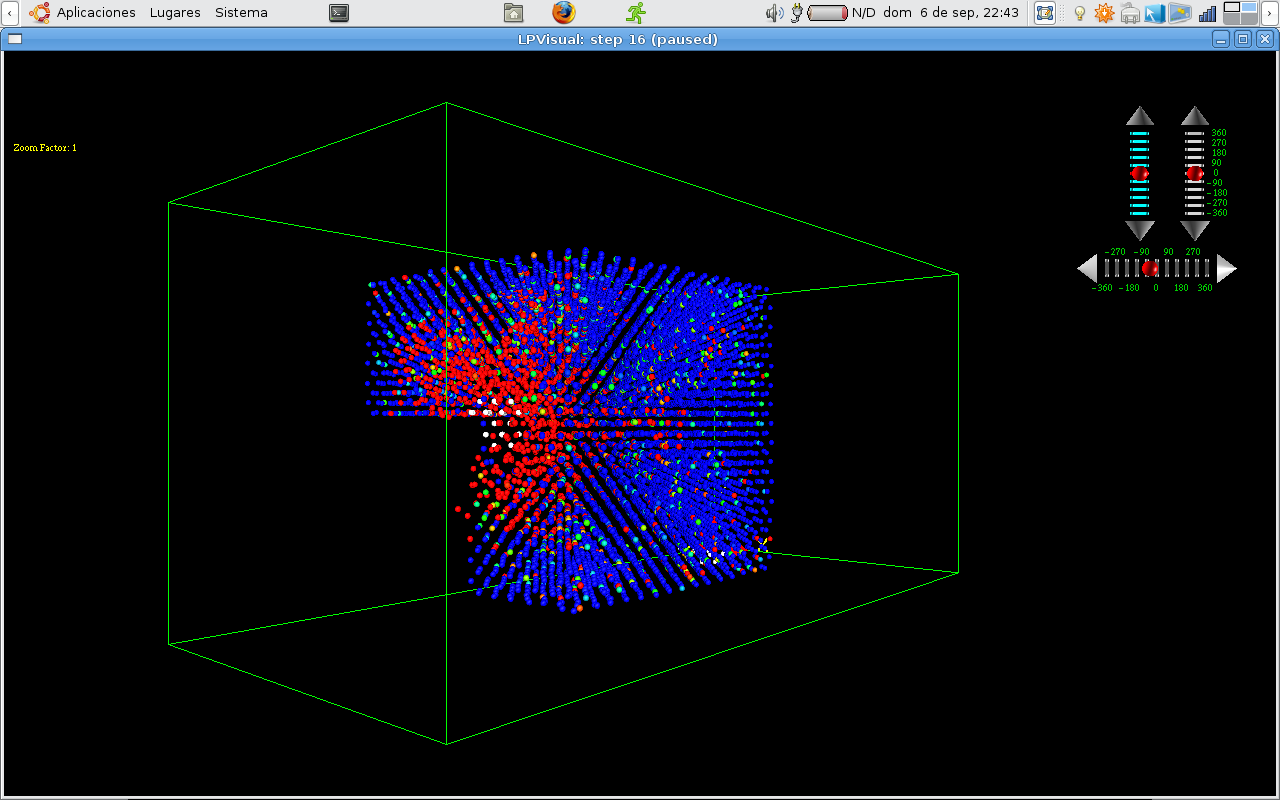 |
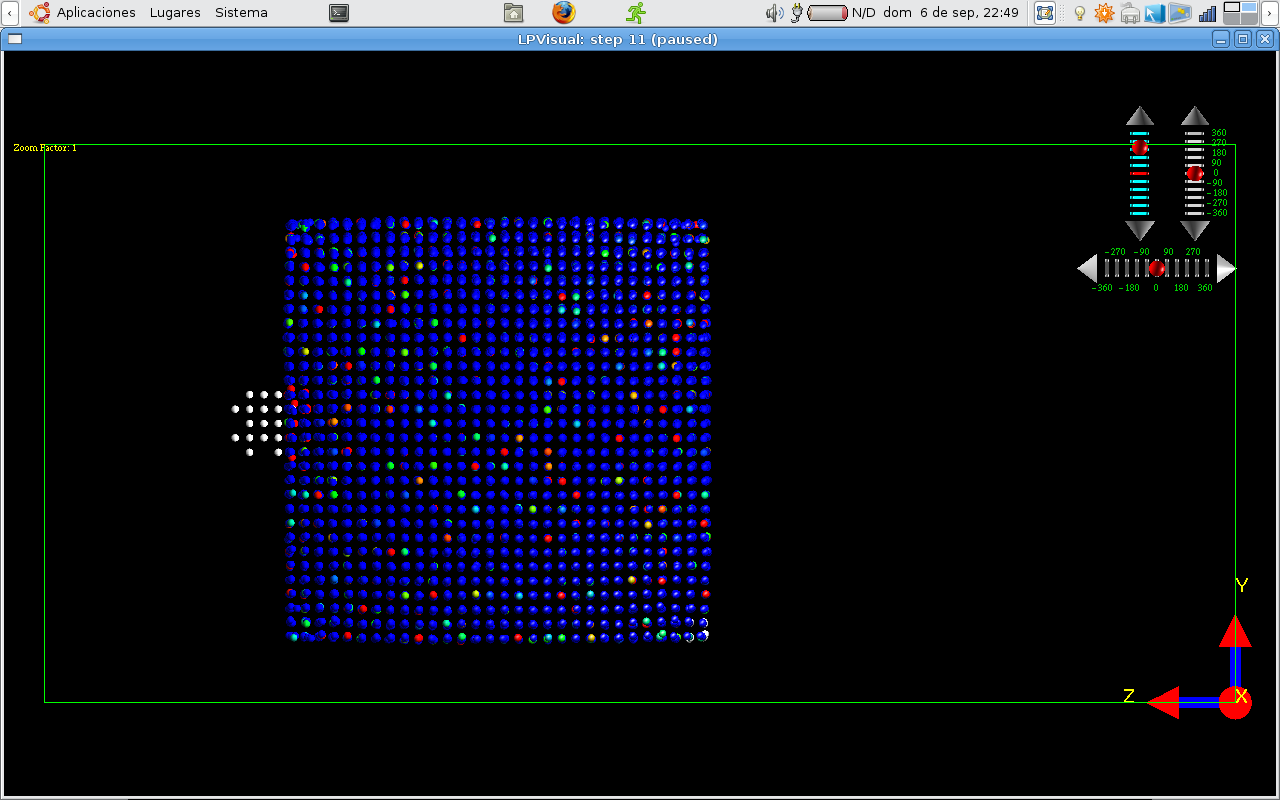 | 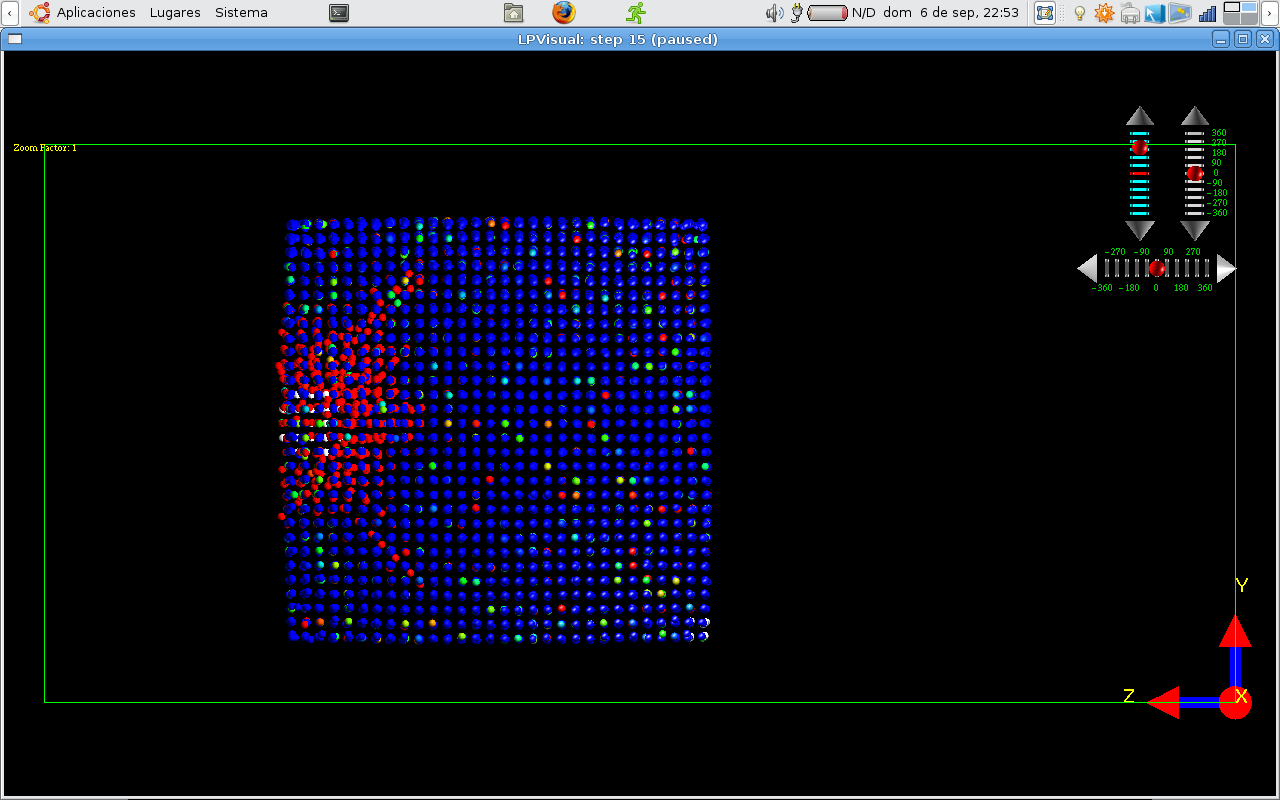 |
In Fig. 2 we observe the different windows that appear when you execute LPMD. To the upper left, an instant properties plotter (it plots the properties in real time). At the upper right, the simulation cel with atoms colored according to temperature. To the lower right, a window monitoring the selected properties numerically. To the lower left, the terminal in which the information about the simulation running is being displayed, showing the cell modifiers that are being applied.
Videos
| This simulation shows how a projectile is thrown to a "wall" of atoms. | Simulation of the impact of a cluster (with LPMD) against a surface, both made of solid argon, at 0.8 km/s. |
| Using the metropolis algorithm, it is possible to find the minimum energy (most stable) configuration of a system of atoms. | Resizing of a cell size (increasing volume, reducing pressure). |
| Heating an argon crystal from the inside. | Propagation of temperature from the surface (bottom layers) of an argon crystal. The surface is held at a constant temperature of 100 K. |
